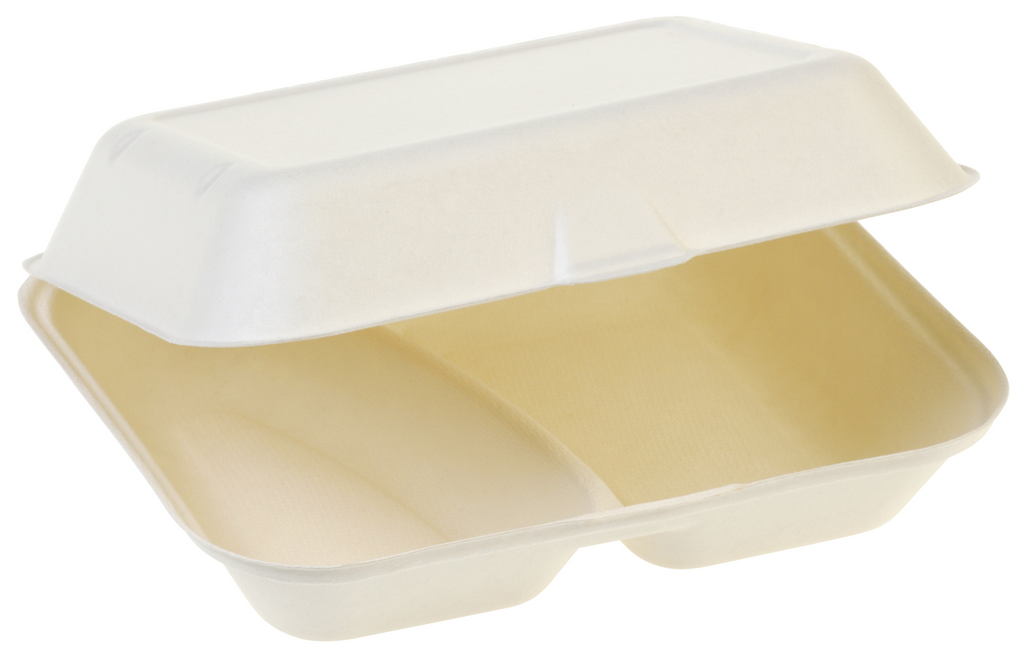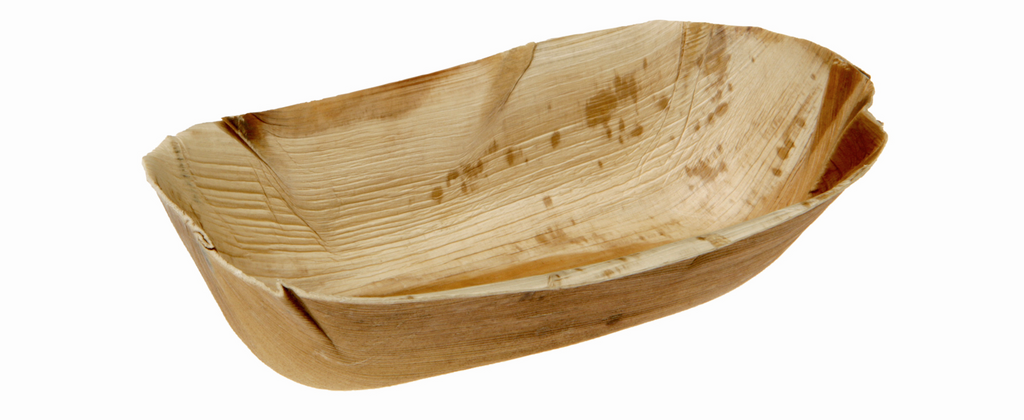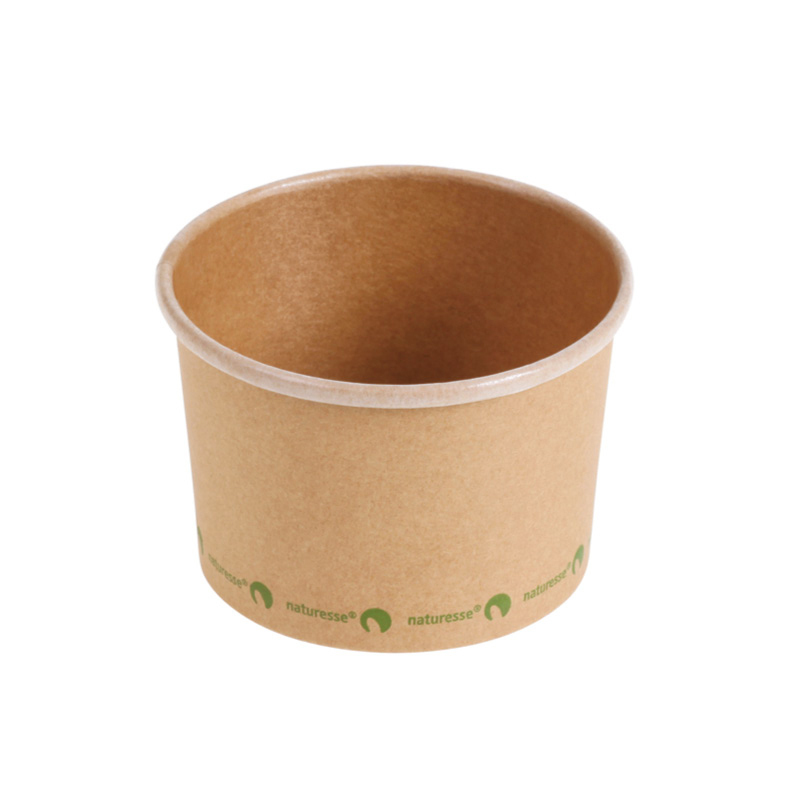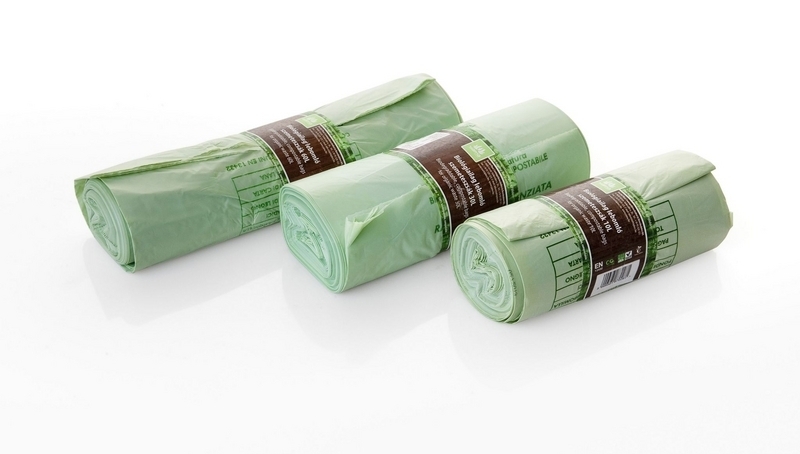YAMAcane
The use of products made from sugar-cane fibre in disposable cutlery is a very elegant solution as they most closely resemble their non-environmentally-friendly counterparts. When sugar cane is produced, a large amount of sugar is left over as a readily available by-product of the sugar extraction process, consisting of hard fibres. Previously incinerated, it has now been found to be a valuable source of biomass. Fun fact: Processing one sugar-cane fibre is sufficient for the production of almost 50 disposable bowls.





